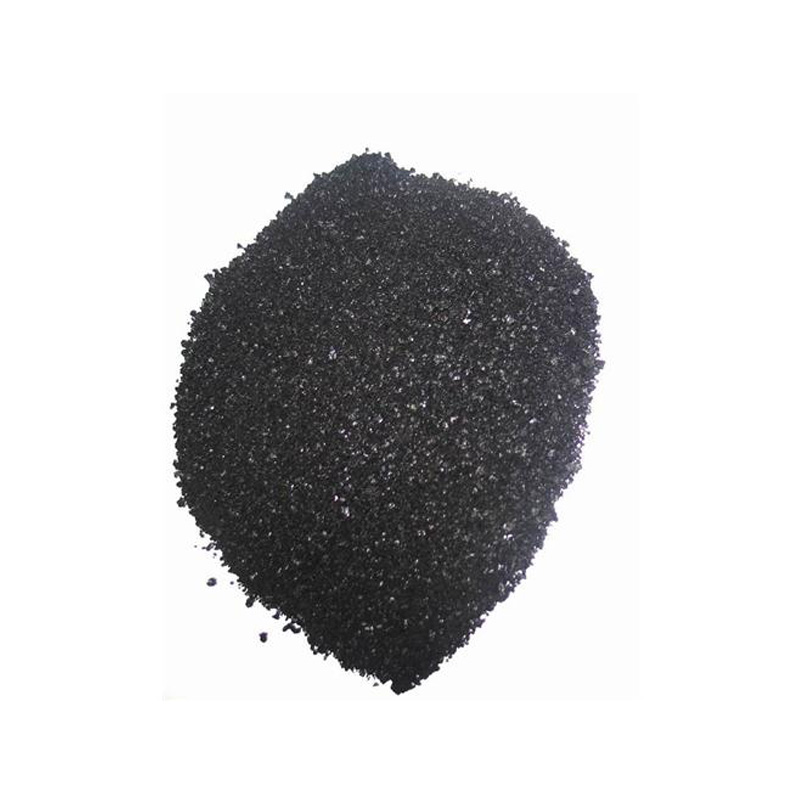Wholesale Natural Indigo Plant Dye for Sustainable Textile Production and Eco-Friendly Fashion
Exploring the World of Wholesale Indigo Plant Dye
Indigo plant dye has been a significant part of human history for thousands of years, celebrated for its vibrant blue hues and ecological advantages. As the demand for sustainable and organic products continues to rise, wholesale indigo plant dye is gaining popularity in various sectors, from fashion to home decor. This article delves into the features, benefits, and applications of wholesale indigo plant dye in the modern marketplace.
The Rich History of Indigo Dye
Indigo dye, derived from plants such as Indigofera tinctoria, has been used since ancient times, with evidence of its use dating back to 2500 BC in the Indus Valley. Cultures across Asia, Africa, and the Americas have utilized indigo for its remarkable colorfast properties and rich color. Unlike synthetic dyes, which often contain harmful chemicals, indigo dye is derived from natural sources, making it an eco-friendly alternative.
The Sustainability Factor
In an era where sustainability is key, the push towards organic and natural materials has never been stronger. Wholesale indigo plant dye is particularly appealing due to its environmentally friendly nature. The indigo plant not only requires fewer resources, such as water and pesticides, compared to other crops but also contributes to soil health. As a legume, it enhances soil nitrogen, benefiting subsequent crops in a rotation. Furthermore, cultivation practices for indigo are increasingly focusing on organic farming methods, attracting environmentally conscious buyers and producers alike.
Modern Applications of Indigo Dye
The versatility of indigo dye makes it suitable for various applications. In the fashion industry, it is commonly used in denim production, creating the signature blue jeans that have become a global staple. However, beyond denim, indigo is finding its way into other clothing lines, home textiles, and accessories. The demand for unique, artisanal products has led to an increase in small businesses and craftspeople using wholesale indigo dye in their creations.
wholesale indigo plant dye

Moreover, indigo dye is also making a splash in the world of interior design. Home decor items like cushions, throws, and wall hangings dyed with indigo provide a touch of elegance and sophistication while remaining steeped in tradition. The beautiful gradients and natural patterns produced by indigo dyeing techniques appeal to consumers seeking originality and authenticity in their home spaces.
The Wholesale Market
The growing interest in natural dyes has led to a significant increase in the wholesale market for indigo plant dye. Many suppliers now offer bulk purchasing options for indigo dye, catering to both small artisans and larger manufacturers. This easy access allows businesses to incorporate sustainable dyes into their production processes without the need for extensive investment in dyeing facilities.
As a wholesaler, it’s crucial to educate customers on the benefits of using indigo dye, sharing its organic credentials and the story behind its use. Building relationships with farmers and producers who practice sustainable methods can enhance the appeal of the product, providing a direct link from field to factory to consumer.
Conclusion
The world is increasingly leaning towards sustainable choices, and wholesale indigo plant dye stands out as a beacon of natural artistry and ecological responsibility. With its rich history, environmentally friendly production, and diverse applications, indigo dye is a testament to how ancient practices can harmoniously blend with modern innovations. As more businesses seek to adopt sustainable practices, embracing wholesale indigo plant dye offers a unique opportunity to celebrate both culture and sustainability while providing consumers with products that are not only beautiful but also ethical.
In summary, the appeal of wholesale indigo plant dye is multifaceted, making it a worthy investment for anyone looking to align their product offerings with the growing demand for sustainability. As we continue to explore and innovate, the future of indigo is bright, leading us into a vibrant, sustainable tomorrow.
-
The Timeless Art of Denim Indigo Dye
NewsJul.01,2025
-
The Rise of Sulfur Dyed Denim
NewsJul.01,2025
-
The Rich Revival of the Best Indigo Dye
NewsJul.01,2025
-
The Enduring Strength of Sulphur Black
NewsJul.01,2025
-
The Ancient Art of Chinese Indigo Dye
NewsJul.01,2025
-
Industry Power of Indigo
NewsJul.01,2025
-
Black Sulfur is Leading the Next Wave
NewsJul.01,2025

Sulphur Black
1.Name: sulphur black; Sulfur Black; Sulphur Black 1;
2.Structure formula:
3.Molecule formula: C6H4N2O5
4.CAS No.: 1326-82-5
5.HS code: 32041911
6.Product specification:Appearance:black phosphorus flakes; black liquid

Bromo Indigo; Vat Bromo-Indigo; C.I.Vat Blue 5
1.Name: Bromo indigo; Vat bromo-indigo; C.I.Vat blue 5;
2.Structure formula:
3.Molecule formula: C16H6Br4N2O2
4.CAS No.: 2475-31-2
5.HS code: 3204151000 6.Major usage and instruction: Be mainly used to dye cotton fabrics.

Indigo Blue Vat Blue
1.Name: indigo blue,vat blue 1,
2.Structure formula:
3.Molecule formula: C16H10N2O2
4.. CAS No.: 482-89-3
5.Molecule weight: 262.62
6.HS code: 3204151000
7.Major usage and instruction: Be mainly used to dye cotton fabrics.

